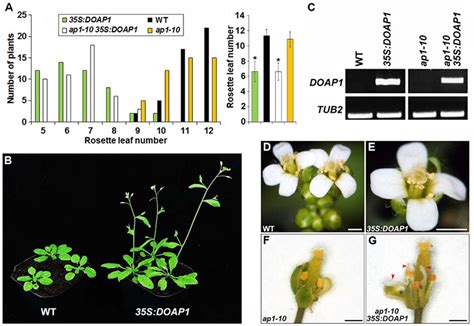Early Flowering: A Problem and Its Solution
Early flowering, while seemingly beneficial at first glance, can actually present significant challenges for gardeners and agricultural producers alike. This phenomenon, where plants flower prematurely, disrupts the normal growth cycle and can lead to reduced yields, poor fruit quality, and even plant death. Understanding the causes and implementing effective solutions is crucial for maintaining healthy and productive plants.
What Causes Early Flowering?
Several factors can trigger early flowering, often interacting in complex ways. Let's delve into the key culprits:
1. Stressful Environmental Conditions:
Plants, being sensitive organisms, respond to environmental stress. Extreme heat, drought, or even unexpected cold snaps can trigger a survival mechanism—flowering—in an attempt to reproduce before unfavorable conditions worsen. This is a common cause, particularly in regions experiencing climate change with increasingly erratic weather patterns.
2. Photoperiod Changes:
Plants are highly attuned to the length of daylight hours (photoperiod). Some varieties are day-neutral, while others are short-day or long-day plants, flowering only under specific day lengths. Artificial light pollution, particularly in urban environments, can disrupt the natural photoperiod, potentially leading to premature flowering.
3. Nutrient Imbalances:
An excess or deficiency of certain nutrients, like phosphorus or nitrogen, can also influence flowering time. High phosphorus levels can sometimes stimulate early flowering, while nitrogen deficiencies can have the same effect as the plant prioritizes reproduction over vegetative growth. Regular soil testing is essential for optimal nutrient management.
4. Plant Maturity and Genetics:
Certain plant varieties are naturally predisposed to early flowering, a characteristic ingrained in their genetics. This is often a breeding trait, selecting for faster maturation and early harvest. However, in some cases, this can be problematic, reducing overall yield or impacting quality.
5. Pest and Disease Infestations:
Severe attacks by pests or diseases can stress plants, triggering early flowering as a last-ditch effort to reproduce. This is often coupled with other stress factors, exacerbating the problem.
How to Prevent Early Flowering: A Multi-pronged Approach
Preventing early flowering requires a holistic strategy addressing the underlying causes:
1. Optimizing Environmental Conditions:
- Watering: Consistent and adequate watering is critical, particularly during periods of heat or drought. Implement efficient irrigation techniques like drip irrigation or mulching to reduce water stress.
- Temperature Control: Utilize shade cloth or other methods to protect plants from intense sunlight and high temperatures. In colder climates, frost protection can prevent cold-induced stress.
- Light Management: In areas with significant light pollution, consider using blackout curtains or strategically planting to minimize artificial light exposure during critical growth phases.
2. Proper Nutrient Management:
- Soil Testing: Regular soil testing helps determine nutrient levels. Adjust fertilization based on the results, avoiding excess phosphorus and ensuring adequate nitrogen.
- Balanced Fertilization: Use a balanced fertilizer formulated for the specific plant's needs, following the recommended application rates carefully.
3. Pest and Disease Management:
- Early Detection: Regularly monitor plants for signs of pests and diseases. Early detection allows for prompt intervention, reducing the severity of the infestation and minimizing stress on the plant.
- Integrated Pest Management (IPM): Employ IPM strategies, combining biological control, cultural practices, and targeted pesticide applications only when necessary.
4. Choosing the Right Plant Variety:
Selecting plant varieties suited to your specific climate and growing conditions is crucial. Opt for varieties known for their consistent flowering times and adaptability to your environment.
5. Growth Regulators (Advanced Techniques):
In certain agricultural settings, growth regulators may be used to delay flowering. However, this requires expert knowledge and should only be implemented by trained professionals.
Addressing the Problem When Early Flowering Has Already Occurred
If early flowering has already happened, the damage is often irreversible. However, you can take steps to mitigate further negative effects:
- Pinch back flowers: Removing some flowers can redirect the plant’s energy towards vegetative growth, improving overall plant health.
- Improve plant health: Focus on providing optimal conditions to support remaining plant growth and fruit development.
- Learn from the experience: Analyze the factors that may have contributed to early flowering and adjust your growing practices accordingly for future plantings.
By understanding the causes of early flowering and adopting proactive management strategies, gardeners and farmers can effectively minimize its negative impact and ensure healthy, productive plants. Remember that a holistic approach that combines environmental management, proper nutrition, pest control, and careful plant selection is key to achieving success.

